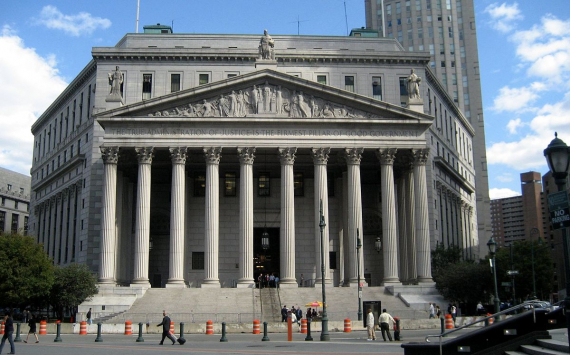Description
To enforce the law and defend the interests of the United States according to the law; to ensure public safety against threats foreign and domestic; to provide federal leadership in preventing and controlling crime; to seek just punishment for those guilty of unlawful behavior; and to ensure fair and impartial administration of justice for all Americans.
The Office of the Attorney General was created by the Judiciary Act of 1789 (ch. 20, sec. 35, 1 Stat. 73, 92-93), as a one-person part-time position. The Act specified that the Attorney General was to be "learned in the law," with the duty "to prosecute and conduct all suits in the Supreme Court in which the United States shall be concerned, and to give his advice and opinion upon questions of law when required by the President of the United States, or when requested by the heads of any of the departments, touching any matters that may concern their departments."
However, the workload quickly became too much for one person, necessitating the hiring of several assistants for the Attorney General. As the work steadily increased along with the size of the new nation, private attorneys were retained to work on cases.
By 1870, after the end of the Civil War, the increase in the amount of litigation involving the United States had required the very expensive retention of a large number of private attorneys to handle the workload. A concerned Congress passed the Act to Establish the Department of Justice (ch. 150, 16 Stat. 162), creating "an executive department of the government of the United States" with the Attorney General as its head.
Officially coming into existence on July 1, 1870, the Department of Justice was empowered to handle all criminal prosecutions and civil suits in which the United States had an interest. To assist the Attorney General, the 1870 Act also created the Office of the Solicitor General, who represents the interests of the United States before the U.S. Supreme Court.
The 1870 Act remains the foundation for the Department’s authority, but the structure of the Department of Justice has changed over the years, with the addition of the offices of Deputy Attorney General, Associate Attorney General, and the formation of various components, offices, boards and divisions. From its beginning as a one-man, part-time position, the Department of Justice has evolved into the world's largest law office and the chief enforcer of federal laws.
























